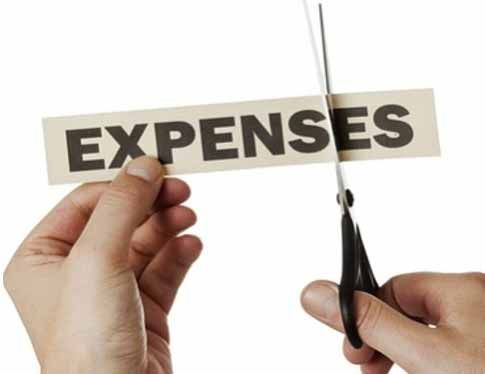
This is only our third blog in and you’ve probably already noticed a theme - saving money.
Everyone loves to save money, and here at Secureship we really love saving you money. So much so that beyond helping you find cheap shipping, we’re also going to share some tips on how you can keep your costs down before you even click you way onto Secureship.ca.
Shipping Weight:
Easy to understand - the more the package weighs, the more it will cost to ship. But remember it’s not just the weight of the item you want to ship, shipping weight includes the weight of the box itself and packing materials. Want to save money? Be open to changing it up. Try a padded envelope or find the lightest materials to secure your item.
Package Size:
You don’t want to pay for empty space, right? Well, fortunately, that is something you can avoid! Package weight is determined in two ways, first the actual weight (see ‘Shipping Weight’ above) and then you have to take into account the volumetric weight. The volumetric weight is based on the package’s length, width and height. In other words, you pay for the dimensional weight of the package you are sending and this could end up costing you more than you had determined based on actual weight alone. To be cost-effective be careful when packaging your shipment - ensure your item(s) are safe, but ship small. Keep it simple and save.
Shipping Destination:
Who are you shipping to? Your brother? A customer? Did you know that most carriers charge an extra fee for delivering to a residential location? By shipping to a business or a UPS store, you can reduce your shipping costs by $2.50 or more.
When to Ship:
It happens to us all. We put off shipping something and then need to use the expedited service which doubles our costs. If possible plan accordingly. The longer you can wait for your package to reach its destination the cheaper it will be.
Insurance:
First off, ask yourself if this is a necessary charge you must incur? Depending on the company you choose this could cost you or your business somewhere between $2.10-$2.50 per $100. Before blindly paying a fee, consider the likelihood of something getting lost or stolen and determine if it would be cheaper to assume the risk of loss yourself? Let’s say you send 1000 packages a year and out of that only a couple get lost – could you save yourself a lot of money by forgoing insurance (on lower cost items anyway) and eating the cost of those two that got lost in transit?
Now that you know how to save before sending, let us take the savings one step further by providing you with the shipping rates comparison.






